Opening more public land to hunting and fishing is something we can all agree on—and to leave a truly sportsmen-friendly legacy, Interior must match access achievements with a vision for habitat and conservation funding
As we round the corner into year two of the Trump administration, there is plenty to debate about the Interior department’s track record on conservation and how the agency plans to safeguard some of our best places to hunt and fish. It can be said with a straight face that we haven’t yet seen a conservation vision from the department, and what we have seen is predicated on addressing roadblocks to energy development.
I think what we can agree on is that DOI is moving things in a positive direction on public access to our nation’s public lands.
The Interior department’s focus on expanding access has been building since March of 2017, when Secretary Ryan Zinke signed the first of two hunting-and-fishing-focused Secretarial Orders. The first order, SO 3347, directed the Bureau of Land Management, U.S. Fish and Wildlife Service, and National Park Service to develop reports that (among other things) would identify ways to expand recreational access to public lands. Those reports can be accessed here and here, and they include some good ideas that would be positive for hunters and anglers.
Then, in August, DOI went forward with acquiring 4,176 acres of private land adjacent to the 16,000-acre Sabinoso Wilderness Area in New Mexico, which until that time was completely landlocked by private ranches. Because of this acquisition, the Sabinoso area is now open and accessible to all Americans. In November, the department finalized a process to open an additional 132,000 acres across 10 national wildlife refuges to recreational hunting and fishing.
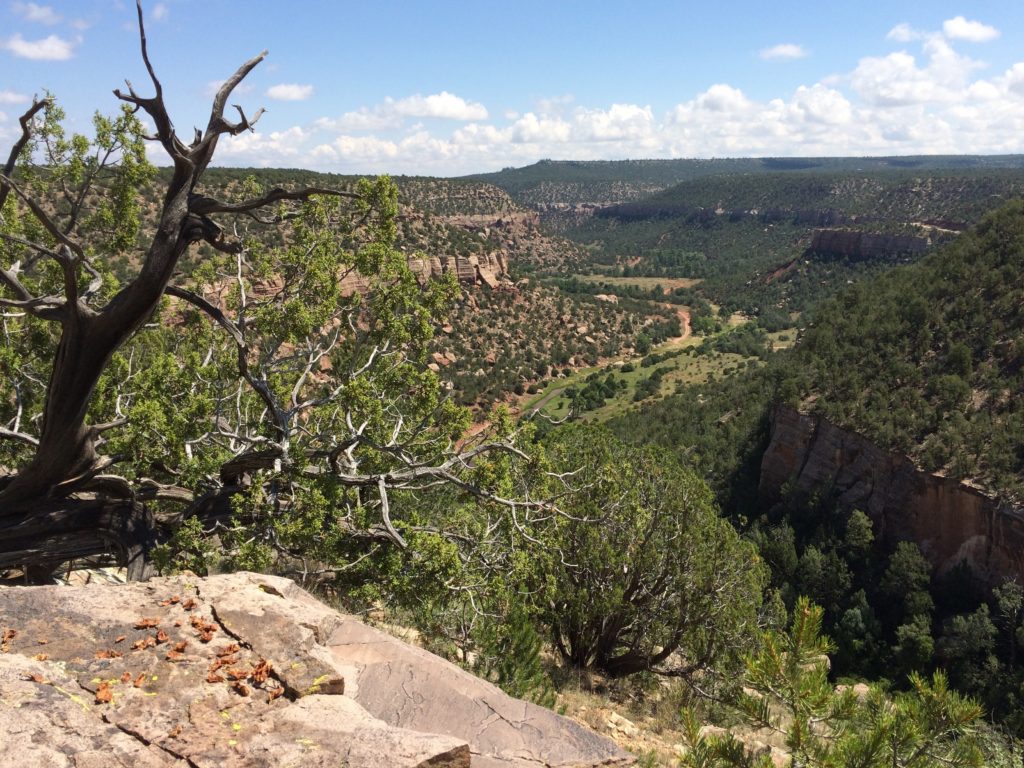
Perhaps most significantly, Secretary Zinke issued his second secretarial order on hunting and fishing in September—SO 3356. Among other things, it directed the BLM, National Park Service, and U.S. Fish and Wildlife Service to produce plans to expand access for hunting and fishing AND identify lands where access is currently limited. This might include areas that may be impractical or effectively impossible to access under current conditions via public roads or trails, but where there may be an opportunity to gain access through an easement, right-of-way, or land acquisition. The agencies will need to provide a report detailing such lands to the Deputy Secretary of the Interior.
Sportsmen know firsthand that just because public lands are public, it doesn’t guarantee that they’re accessible. Plus, many roads and trails have fallen into disrepair, barring further access. We believe that the action plans being developed by the agencies could help make major progress toward securing access to inaccessible lands.
We applaud what these orders stand for and would like to see them implemented thoughtfully and collaboratively with the locals who understand their public lands challenges best. However, if the administration is truly interested in seeing their access vision reach fruition, they must step forward and make sure that there is federal money to support these projects. This includes reauthorizing and funding the Land and Water Conservation Fund by the end of the 2018 fiscal year.
The LWCF is a federal program that uses royalties from offshore oil and gas development to finance land acquisitions and easements aimed at providing public access and conserving valuable habitats. Without this program, most acquisition projects aimed at expanding public access would not be possible. The 54-year-old program’s authorization will expire at the end of September, throwing into question DOI’s ability to secure access to landlocked parcels of public land.
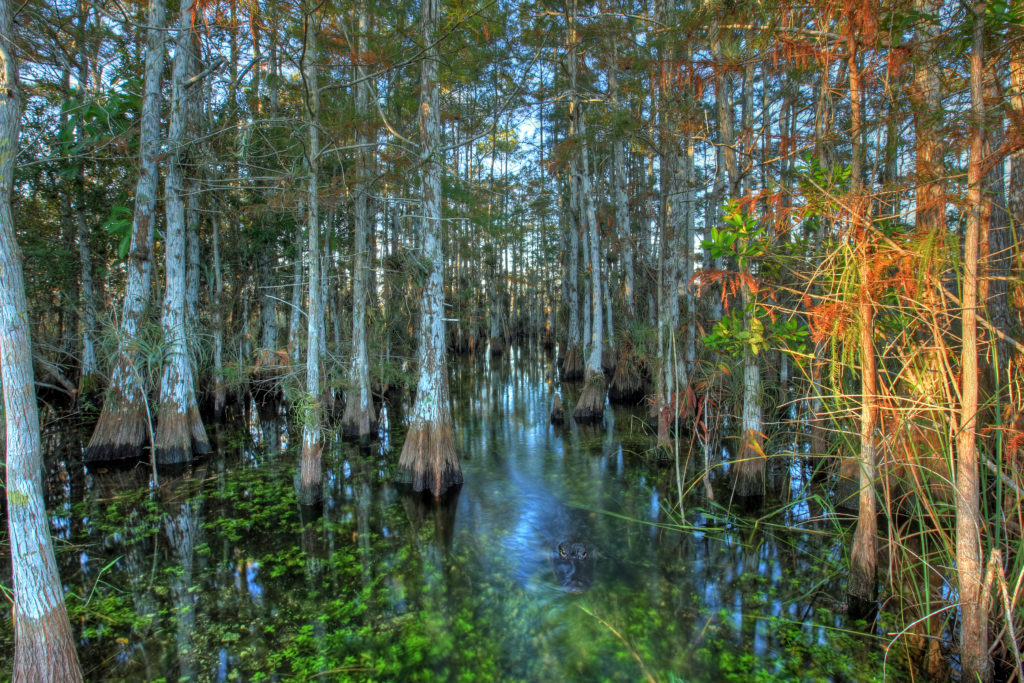
There has been a lot of talk between Congress and the Administration about striking a budget deal for the remainder of 2018, and the president is expected to release his proposed 2019 budget by February 12. These budget processes represent a golden opportunity for the administration to not only support strong funding for LWCF, but also demonstrate a commitment to road and trail maintenance projects that benefit public land users.
Beyond expanding our access, American sportsmen and women are depending on the administration to create a parallel vision for habitat conservation on public lands. After all, access doesn’t matter if we don’t also have strong conservation policies to ensure that we’ll find healthy fish and game populations once we’re out there.
The TRCP remains committed to persuading the Interior department to do just that. If you want to add your voice, visit Sportsmen’s Country.

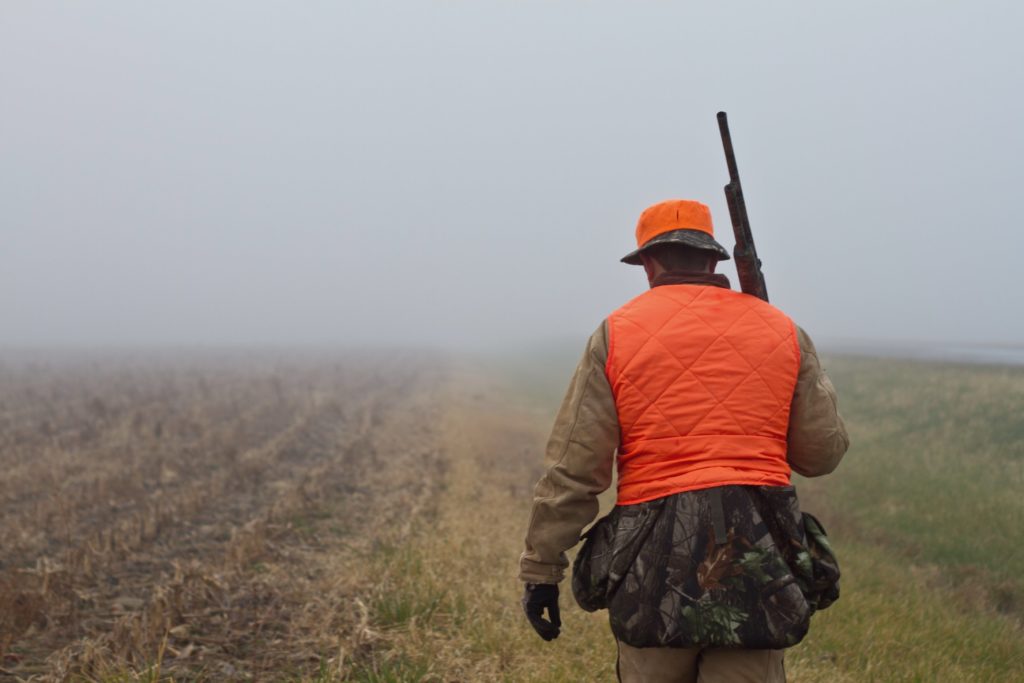
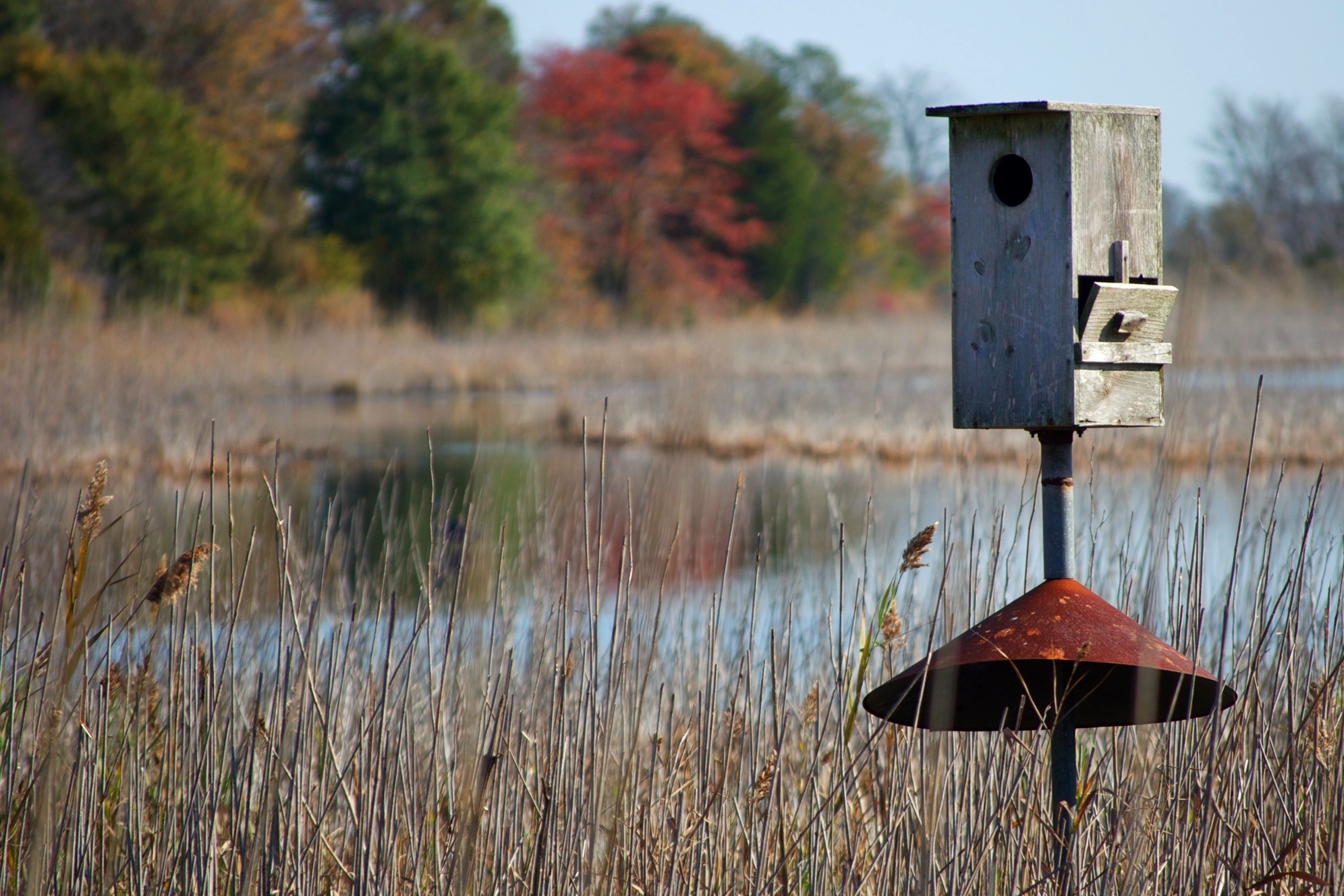
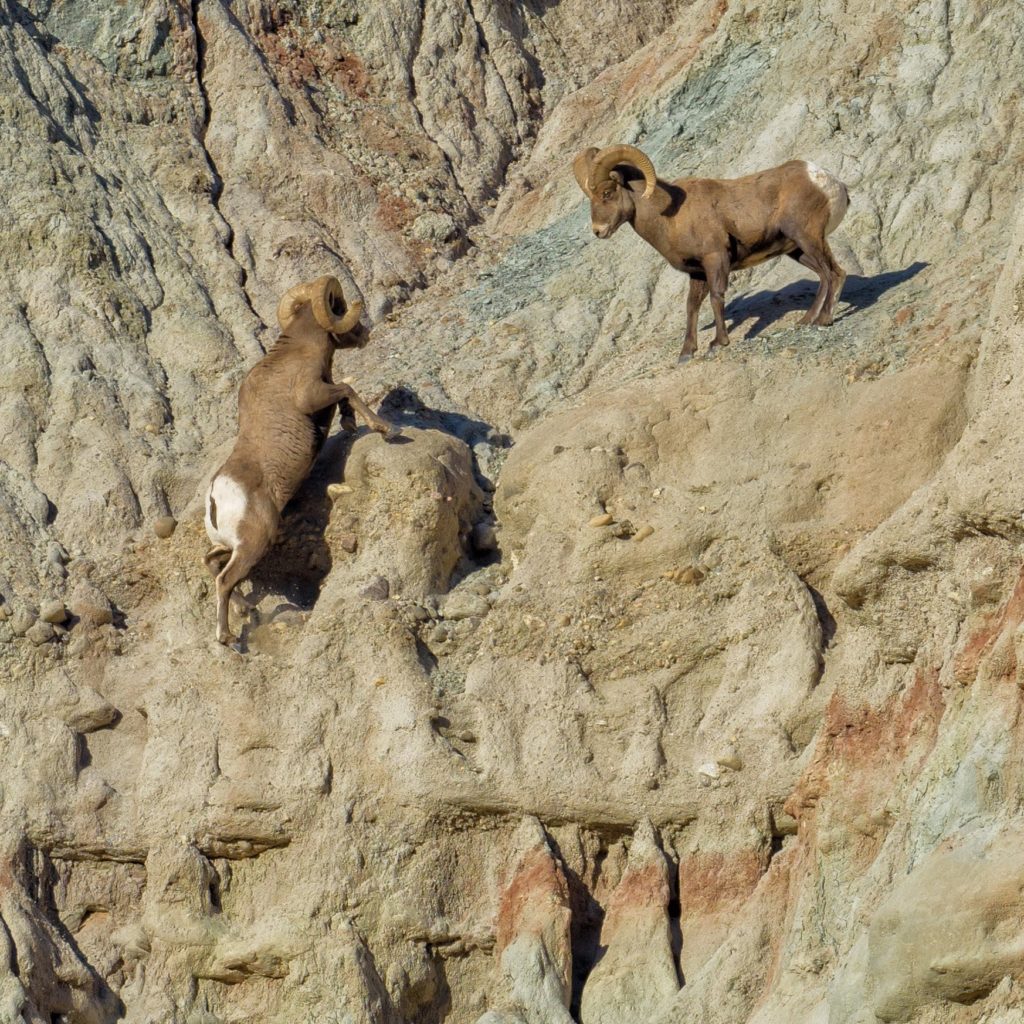
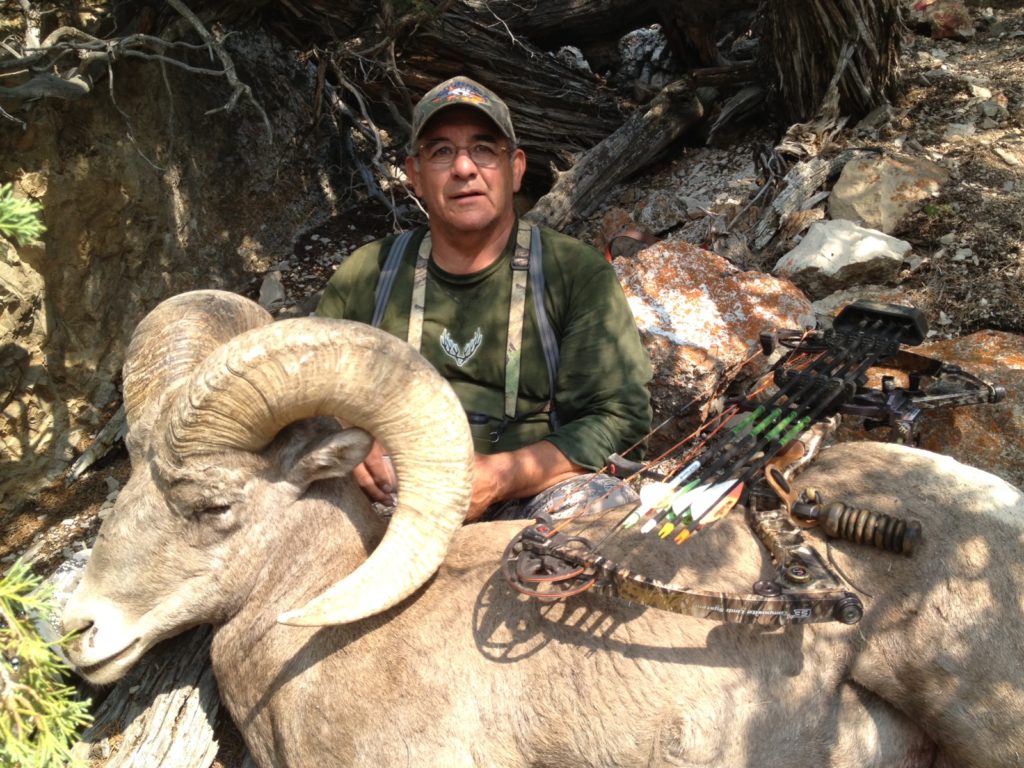




We do not want hunting in nat’l parks/monuments . Monuments & public lands should not be diminished in size ! Purchase of inholdings should take place. Expand access where appropriate.
I think Don Jr and Jason Hairiston are doing a good job of identifying and promoting these issues within the administration. Based on the success so far, including the good news on the Pebble Mine, I expect great things from this administration on conservation.
Respectful hunters and fishermen and outdoor enthusiasts respect intact and functioning eco-systems and everything that lives within. Supposedly, the farthest you can get from some type of road in the lower 48 is only c. 22 miles. I LOVE the fact that there are areas HARD TO GET TO and largely left for nature with all its living beings and natural forces. As human population and pressure continue to grow, I refer to what I call the ACCESS “RULE” (which refers to an all too prevalent human TREND, not a requirement or actual “rule”) about what seems to always happen to the beautiful wild spaces we are intrinsically drawn to. Our myopic HABIT is to now publicize these places online, thereby more quickly increasing visitation than ever before, and then make the harder-to-get-to areas more “accessible” by “improvements” such as more “improved roads”; this practically guarantees (based on these current human trends) such areas will be chipped away at until they too are “Disneyfied” by well-meaning but short-sighted humans. “Oh…more people go there so we need to add and “improve” it all…the road, parking, marquee signage, the trails, the restroom facility, the concession stand, etc, etc. We can’t really control ourselves with a chainsaw and a bulldozer and the amazing things we can create!” Yogi Berra nailed it (albeit referring to urban areas)… “No one goes there anymore; it’s too crowded !” I love the fact that a fellow in Colorado used HIS OWN land to build a boardwalk for handicap access and camping in the mountains. However, making all lands accessible to all is a recipe for NO wild spaces. Humans need to learn to leave wild spaces un”developed” and un”improved” and accessible only by those can actually manage to get there without mechanized vehicles. Once it is gone and “improved”, it’s NOT coming back. It is fine and wonderful to me that there exist places I myself and others might not even be able to “access”! I hope we better ponder the future of the natural heritage we leave for our kids and grandkids.
The ” Wilderness ” designations and regulations on access should remain intact. True sportsman do not mind non motorized or seasonal access to “Wilderness” areas so creatures have places of sanctuary. Encroachment on Habitat needs to be prevented whenever possible.
While i agree that more public access is needed to many of the landlocked parcels we have I also believe that “access” does not mean paved roads, concession stands, and restrooms as some have feared will happen. There doesn’t need to be a road at all for some of these parcels, just a trail corridor would suffice. Having said that I would also like to say that multiple access points tends to diffuse the over use of a single trail or primitive road. And finally, I am a very firm believer that if we allowed hunting(under stringent conditions) in Yellowstone when the elk overcrowding was foreseen instead of the (re-)introduction of wolves we would not be seeing the indiscriminate slaughter of wildlife and domestic animals not only near the Park but now throughout the West. The North American Conservation Plan, which includes wildlife management as an integral part, should be followed everywhere.